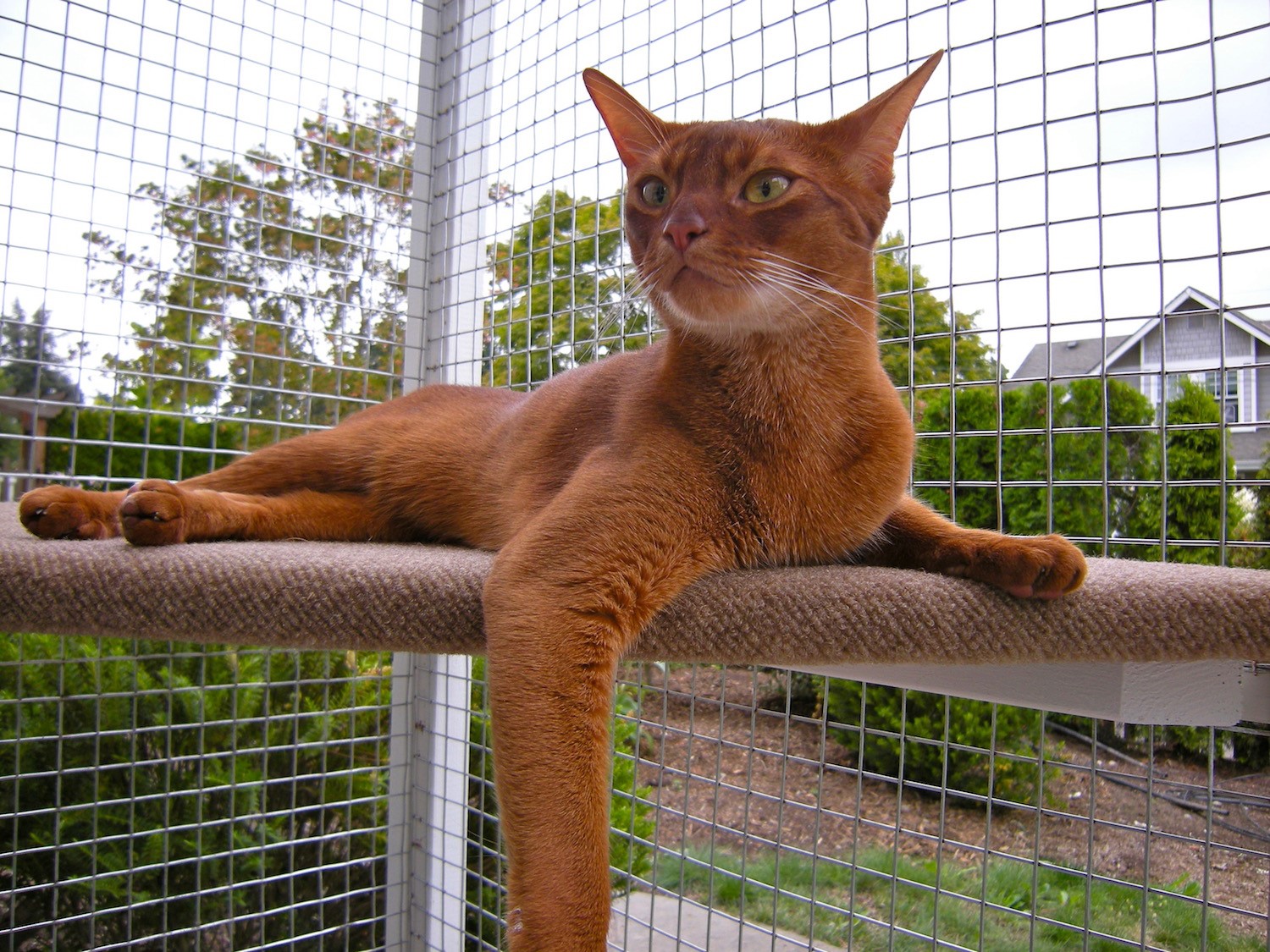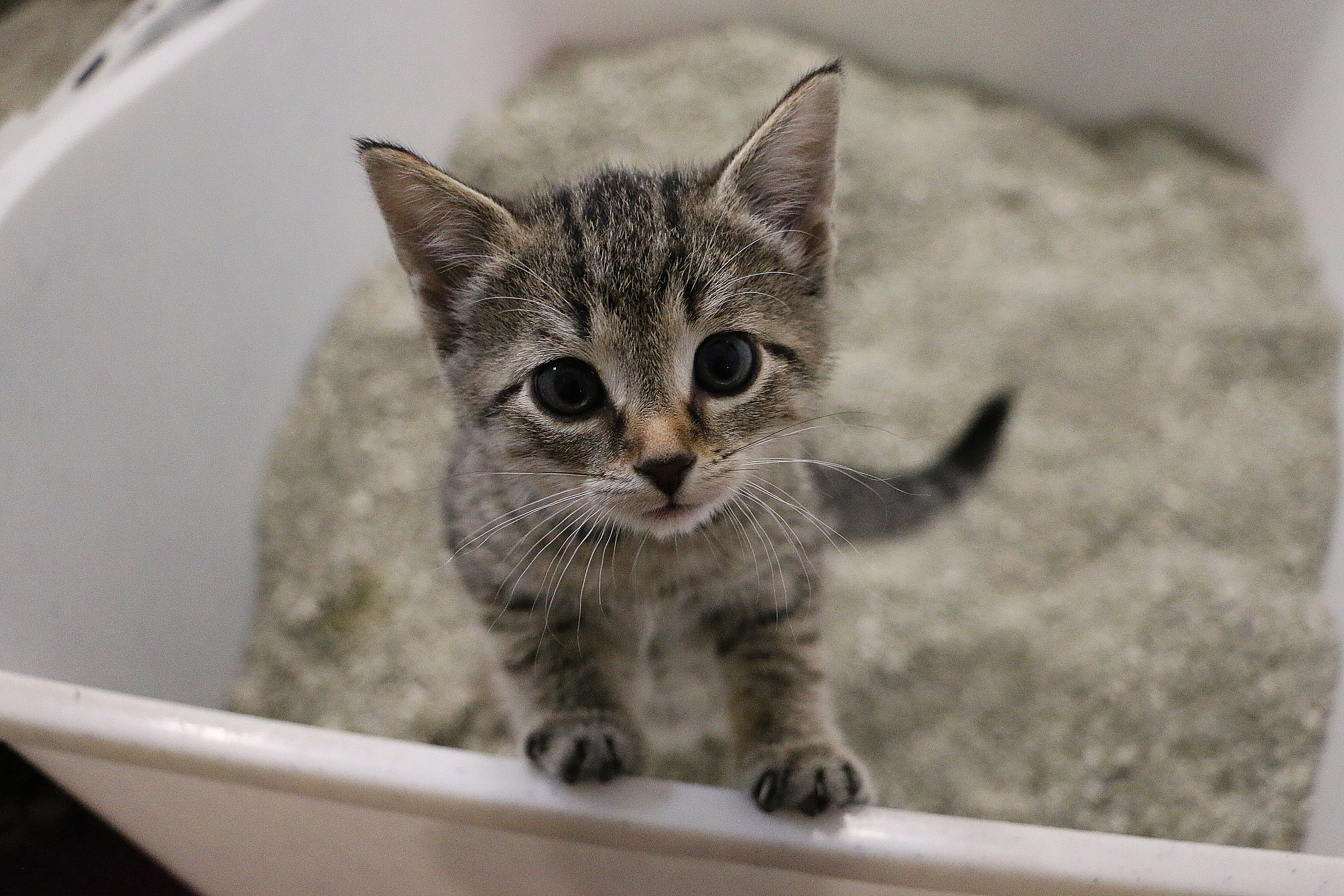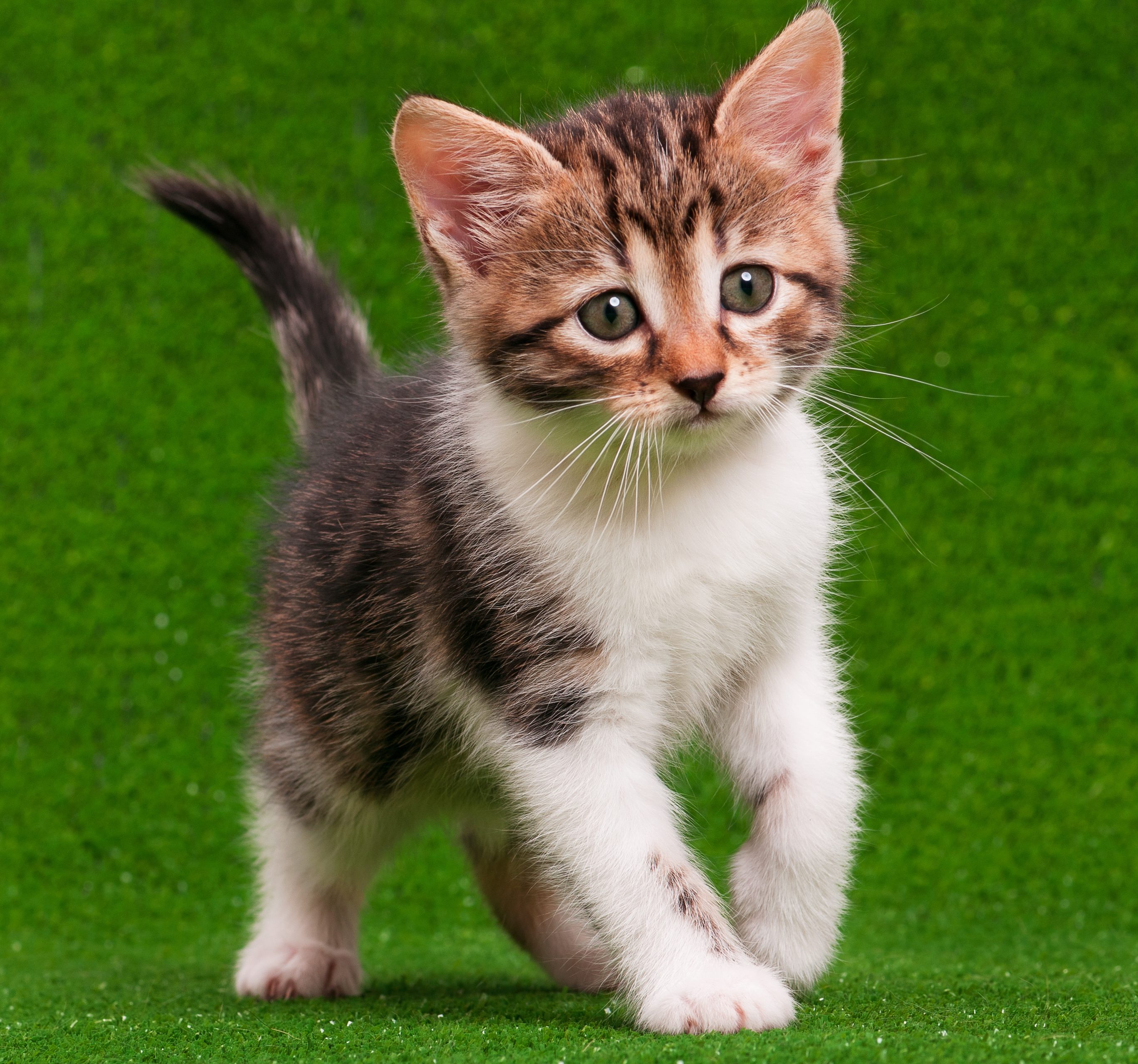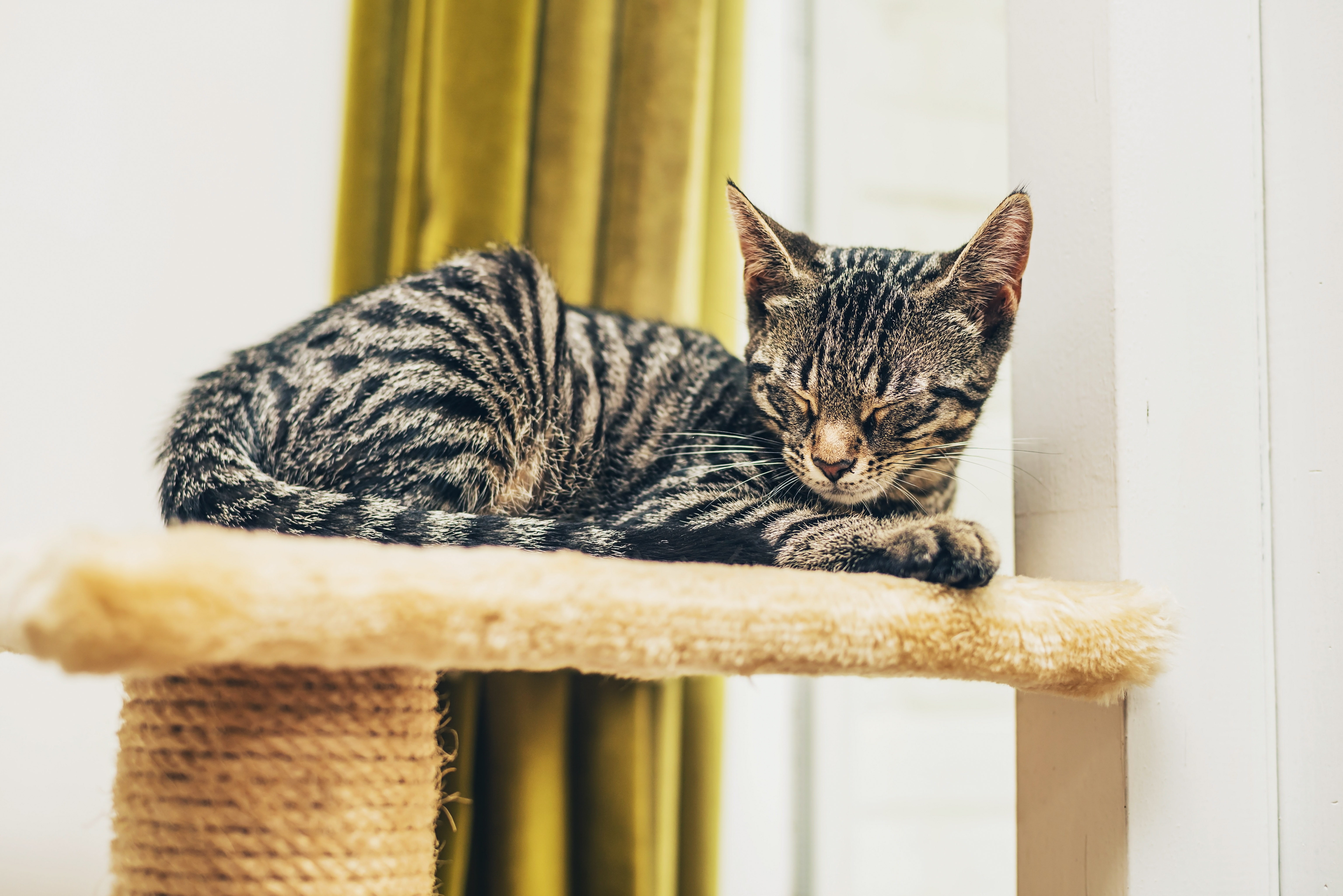Let Them Explore
Pet Age Staff //February 1, 2017//
By Eric Stenson
It might be difficult to think this way as you watch your cat rolling on its back in your living room, batting around a ball of yarn or a squeaky toy, but inside every house feline is the soul of a lion or tiger that yearns to roam the Serengeti.
Unfortunately, a house tabby lacks the defenses to ward off potential predators the way big cats of the open plains can. And the threats can be significant and vary based on the part of the country in which you live: coyotes in the southwest, alligators in Florida and raccoons, angry dogs and cars just about everywhere else.
Catios offer a solution to this dilemma, allowing your feline friends to experience the sites, smells and sounds of the great outdoors without exposing them to the dangers that might lurk around any corner. The enclosures come in a wide variety of sizes—everything from small boxes suitable for the balconies or kitchen windows of apartment or condo dwellers to massive structures containing tunnels, bridges and winding around trees, according to Dwayne Carter, owner of Catbitats in Gilbert, Arizona.
Increasing Popularity
It’s a burgeoning trend, Carter indicated, with his business growing about 20 percent each year in the five years since its establishment.
“Pets are part of people’s lives,” Carter said. “They want them to go outside and they want them to do it safely. They notice an immediate change in the personality of the pet.”
He ships kits across the country, and about 75 percent of his business is in customized structures. The catio trade tends to be business-to-consumer, but he has occasionally displayed structures at pet-oriented retailers for festivals or adoption fairs.
Challenge and Success
Chris Kischer, founder of Home of Habitat Haven in Toronto, has had some success partnering with pet retailers and includes a list of vendors on her website, habitathaven.com. However, she admits there are some challenges.
“They are not necessarily a quick sell, so some stores don’t want to stock them,” she said. “People who would buy them want to ponder, want to make sure.”
Individualized attention can help make a difference, however.
“There tends to be one person in the store who really knows the product and might be the person who does the installing as well,” Kischer continued. “That person might go to a customer’s place to see what they want.”
She also deals in customized structures, but suggests that retailers who might want to become involved with catios explore possibly stocking pre-fab kits.
“The base works well for many people,” she said. “All the pieces join together, like a Lego.”
One thing she has found that works particularly well for vendors is to stick with the kits, set up some structures and let shelter cats do the demonstrating for them.
“It increases adoption rates while showcasing the product,” she said. “It shows the cats’ personalities. We try to help shelters as much as possible. This has been a perfect solution.”
Jim Montgomery, chief operations officer of Cats on Deck in Tallahassee, Florida, takes a modular approach. After building elaborate catios at home, he became frustrated when he had to leave them behind when he moved, since they had footings sunk into the ground that precluded them from being relocated.
He does some customized enclosures, but 70 percent of his business comes from standardized kits.
“The panels snap together—there is fairly quick assembly and they can be taken apart if you move,” he said. “You can add or change configuration. If you get more cats or need more room, you can always modify.”
Retail Opportunity
Montgomery operates strictly on a business-to-consumer basis, citing the size of most of his units—his smallest is 31 inches by 62 inches by 31 inches—but he does envision a way his catios could work for retail vendors.
“The ideal situation would be to create small models,” he said. “They could be ordered through stores and we could drop-ship them to customers.”
Montgomery said sturdy materials are essential; he uses furniture-grade PVC, 14-gauge coated wire and stainless steel in his structures.
Montgomery also emphasizes vertical orientation in developing catios, allowing felines to scramble easily from shelf to shelf, since cats love to climb, as any firefighter summoned to rescue a cat from a tree can attest.
Suppose you’re pretty handy with tools but totally clueless when it comes to architecture. That’s where Cynthia Chomos, founder and designer of Catio Spaces in Seattle could help.
In addition to designing and building customized cat enclosures throughout the Seattle area, Chomos sells standardized plans for $49.95, 10 percent of which she chooses to contribute to area animal welfare organizations.
She offers four different types: the Window Box; the Haven (in 3 feet by 6 feet or 4 feet by 8 feet) or the Sanctuary (in 6 feet by 8 feet or 8 feet by 10 feet), which are three-sided structures attached to the house and accessible through a pet door; and the Oasis (in 8 feet by 8 feet or 8 feet by 10 feet), which is free-standing and reached by a tunnel that connects to the house.



















